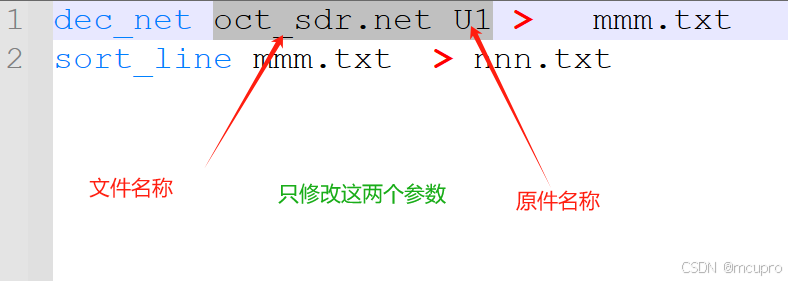0.91英寸OLED显示屏是一种具有小尺寸、高分辨率、低功耗特性的显示器件。以下是对0.91英寸OLED显示屏的详细介绍:
一、基本参数
- 尺寸:0.91英寸
- 分辨率:通常为128x32像素,意味着显示屏上有128列和32行的像素点,总共4096颗LED。
- 像素大小:像素点的大小通常为0.155mm~0.159mm(不同产品可能略有差异)。
- 像素间距:像素点之间的间距通常为0.175mm。
- 接口类型:常见的接口类型有IIC(I2C)接口,用于与微控制器或其他设备进行通信。
二、技术特点
- 有机发光:OLED(有机发光二极管)使用有机材料作为发光源,当电流通过时,这些有机材料会产生光,使得每个像素可以独立发光。
- 高分辨率:128x32的分辨率使得图像更加细腻,文字更加清晰。
- 低功耗:相较于LCD显示屏,OLED在显示黑色或深色时几乎不消耗电力,因此功耗更低。
- 宽视角:OLED技术提供了较宽的视角,用户可以从不同角度观看而不影响显示效果。
- 轻便设计:小尺寸设计使其适合各种小型设备,如智能手表、穿戴设备等。
三、应用领域
0.91英寸OLED显示屏因其小尺寸、高分辨率和低功耗等特点,在多个领域有广泛应用:
- 可穿戴设备:如智能手表和健康监测设备,OLED显示屏的轻薄和高效能使其成为理想的匹配显示屏。
- 智能家居:包含在家居设备如智能门锁、温控器等中,OLED屏幕的应用使得界面更加友好。
- 工业控制:在复杂的工业控制系统中,0.91英寸OLED显示屏能够提供准确的信息反馈。
- 医疗设备:医疗仪器对显示精度和可靠性有很高的要求,小尺寸OLED显示屏非常适合用于医疗监测设备。
四、市场情况
随着可穿戴设备和智能家居产品的快速发展,小尺寸OLED显示屏的市场需求呈现显著增长。许多制造商都在积极开发和应用这种显示屏,以满足市场对轻薄、高效能产品的需求。
综上所述,0.91英寸OLED显示屏以其独特的性能和多样的应用场景,在市场中占据了一席之地。对于想要提升自身产品竞争力的企业来说,选择高质量的OLED显示屏将是一个明智的决定。



















